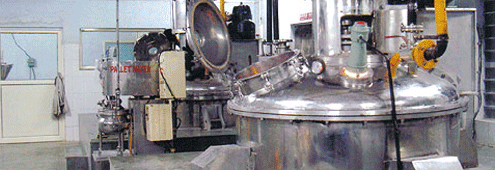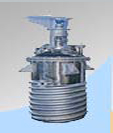Shell
and tube heat exchangers consist of a series of tubes.
One set of these tubes contains the fluid that must
be either heated or cooled. The second fluid runs
over the tubes that are being heated or cooled so
that it can either provide the heat or absorb the
heat required. A set of tubes is called the tube bundle
and can be made up of several types of tubes: plain,
longitudinally finned etc. Shell and Tube heat exchangers
are typically used for high pressure applications
(with pressures greater than 30 bar and temperatures
greater than 260°C. This is because the shell
and tube heat exchangers are robust due to their shape.
There are several thermal design features that are
to be taken into account when designing the tubes
in the shell and tube heat exchangers. These include:
Tube diameter: Using a small tube diameter makes
the heat exchanger both economical and compact. However,
it is more likely for the heat exchanger to foul up
faster and the small size makes mechanical cleaning
of the fouling difficult. To prevail over the fouling
and cleaning problems, larger tube diameters can be
used. Thus to determine the tube diameter, the available
space, cost and the fouling nature of the fluids must
be considered. |














